How it works:
Share your skin goals and snap selfies
Your dermatology provider prescribes your formula
Apply nightly for happy, healthy skin
How it works:
How it works:
Share your skin goals and snap selfies
Your dermatology provider prescribes your formula
Apply nightly for happy, healthy skin
How it works:
Curology Reviews: AHAs vs. BHAs — Glycolic Acid, Salicylic Acid, and more
Everything you need to know about AHAs and BHAs in your skincare routine.



Acids are all the rage in the skincare world, appearing in everything from cleansers to toners to DIY facials and peels. These products promise a lot: they “resurface” the skin by loosening dead skin cells, dissolving the “cement” that holds the dead skin cells on the skin’s surface. All that leaves you with a newer layer of skin that looks smoother and glowier. Acids can also help with acne as well as anti-aging!
However, too much of a good thing can be trouble for your skin. As skincare experts, we’re here to fact-check and reality-check the trends, and help guide you through which products to try (and which ones to avoid!) — and how to incorporate them safely into your routine.
AHA, BHA — what’s the difference?
Check out the Curology Guide to Chemical Exfoliation to learn everything you need to know about AHAs, BHAs, and chemical exfoliation. In the meantime, here’s a crash course:
BHA = salicylic acid, a common ingredient in products labeled anti-acne you find at drugstores. Salicylic acid comes in strengths from 0.5% to 2% over-the-counter.
AHA = glycolic acid, lactic acid. There are several different kinds. They help reduce hyperpigmentation, increase collagen synthesis, and work well for dry skin types.
🚨Caution🚨
AHAs can increase your skin’s sun sensitivity, so if you use AHAs in your skincare routine — even at night — make sure to wear SPF during the daytime, even when it’s cloudy outside!
Start low and go slow
It’s easy to overdo chemical exfoliation and end up with irritated, dry skin — which can lead to breakouts! If you want to try a product with AHA and/or BHA in it, start by using it once to twice a week, to see how your skin reacts. Going full-strength from the get-go is a big no-no.
Start with a cleanser with salicylic acid (BHA). Cleansers are less likely to irritate or dry out your skin since you wash them off right away, as opposed to serums, toners, creams, and other leave-on treatments.
For a balanced approach to incorporating acids into your skincare routine, try using BHAs in cleanser form (such as a cleanser with salicylic acid) and AHAs in a serum, mask, or night treatment. This works well because AHAs can make your skin more sensitive to sunlight, so you want to save those for nighttime use. You can use your BHA cleanser in the AM, then your AHA in the evening prior to treatments such as your Curology cream.
Face wipes: too harsh?
We recommend sticking to cleansers for your BHA fix. But if your skin tolerates salicylic acid well (without irritation), you can try acne pads like Stridex Daily Care Acne Pads Maximum Strength (the red box). Just make sure any face wipes you use are alcohol-free!
How to use anti-acne wipes
After cleansing and drying your skin, gently swipe one pad over the acne-prone areas, before using a topical cream such as Curology. Salicylic acid can be drying, so you might want to finish with a non-clogging moisturizer, like the Curology moisturizer!
Can I use AHAs and BHAs together?
There are products out there that contain both BHA and AHA, such as Drunk Elephant T.L.C. Framboos Glycolic Night Serum. It might be a bit harsh for sensitive skin, so proceed with caution. Even if the product description says to use nightly, we recommend introducing it to your skincare routine gradually, using only 1–2 times a week so your skin can adjust.
For an exfoliating mask that’s a bit gentler, try Herbivore Blue Tansy AHA + BHA Resurfacing Clarity Mask. It resurfaces the skin gently with a combination of white willow bark extract (BHA) and fruit enzymes (AHA), and also contains anti-inflammatory blue tansy oil and aloe leaf oil to soothe skin.
For a more powerful, once-in-a-while exfoliating facial, Drunk Elephant’s T.L.C. Sukari Babyfacial™ is a popular choice—just remember that it’s more potent than their Night Serum, meant to be used maximum once a week. If your skin’s on the sensitive side, you may want to skip this one entirely and try a less potent product!
Skincare product recommendations: BHAs (salicylic acid)
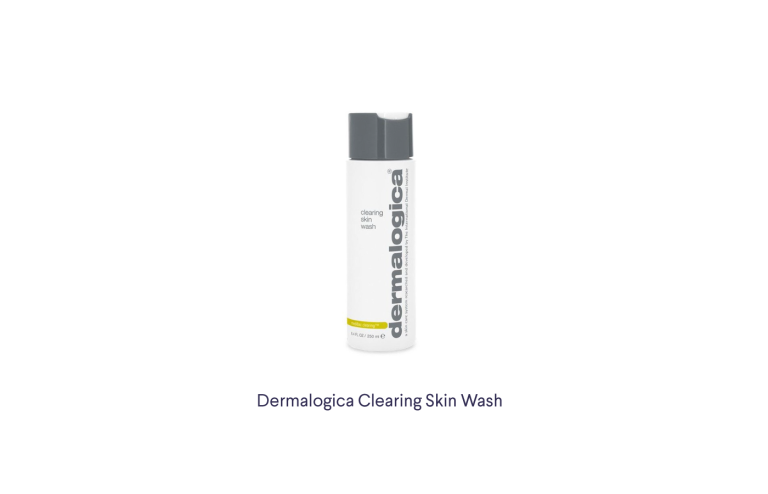
Dermalogica Clearing Skin Wash
Good place to start at 0.5% salicylic acid (low strength but can still be effective)

Neutrogena Oil-Free Acne Wash
2% salicylic acid is full-strength, so proceed with caution
Available at most drugstores and mass retailers
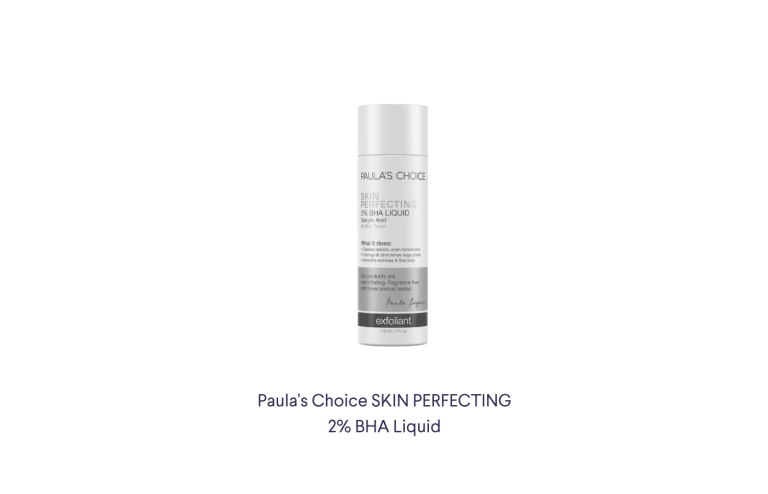
Paula’s Choice SKIN PERFECTING 2% BHA Liquid
Helps prevent and treat blocked pores
Start low and go slow–it’s potent, so introduce gradually and let your skin adjust!
Skincare product recommendations: AHAs

Drunk Elephant T.L.C. Framboos Glycolic Night Serum
Use only 1–2 times per week — introduce it gradually to avoid irritating your skin!
Apply after cleansing, prior to moisturizer
12% glycolic acid, also contains lactic acid and salicylic acid
Horse chestnut — calming for rosacea patients
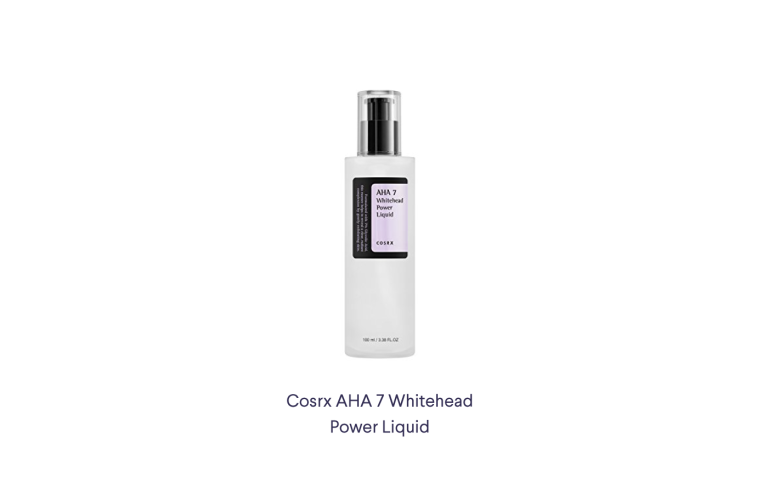
Cosrx AHA 7 Whitehead Power Liquid
Light, thinner than a lotion
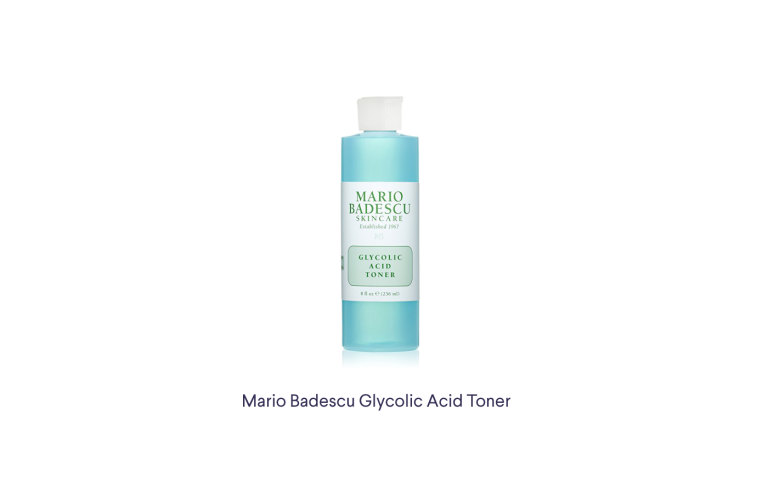
Mario Badescu Glycolic Acid Toner
Light scent
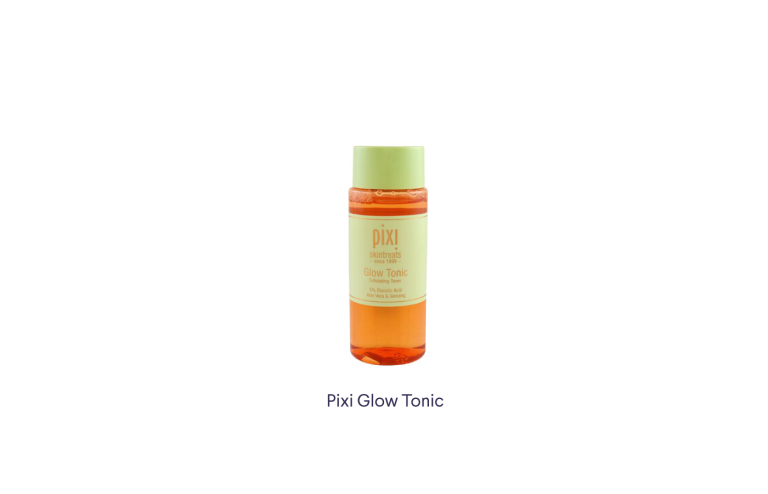
Pixi Glow Tonic
5% glycolic acid (midrange)
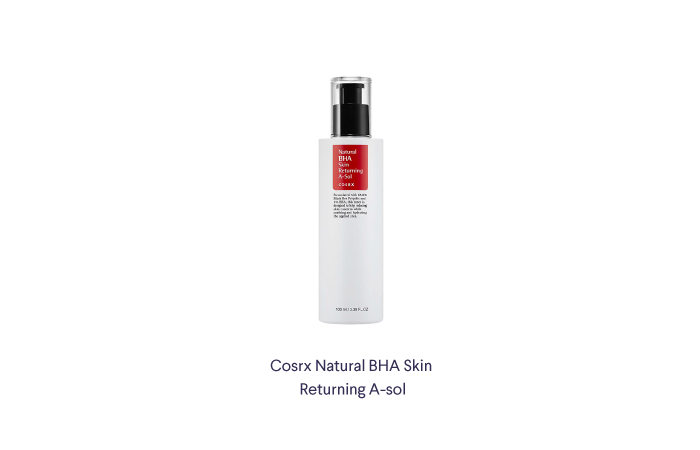
Cosrx Natural BHA Skin Returning A-sol
Offers gentle exfoliation
Contains lactic and glycolic acids, along with salicylic acid
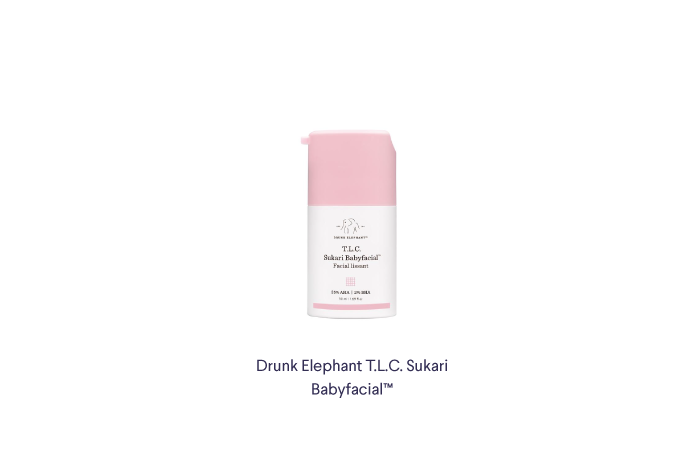
Drunk Elephant T.L.C. Sukari Babyfacial™
A little goes a long way
Be careful if you have sensitive skin, as this product may be too harsh
Can I use AHAs/BHAs with Curology?
Yep — after your skin has had time to adjust. We recommend avoiding AHAs and BHAs for the first few weeks while your skin adjusts to your custom Curology cream.
If you want to use AHAs/BHAs along with your Curology cream, just proceed with caution — depending on what’s in your custom mix, you might not want to use products with potentially irritating ingredients. The important thing is to listen to your skin! If it doesn’t seem to like a product, give your skin a break and let it recover before you add something else to your skincare routine. But if you follow the tips we’ve shared here, you should be good.
Get your personalized skincare routine with Curology
Get your personalized skincare routine with Curology


New to Curology? As skincare experts, our licensed dermatology providers can guide you through your skincare journey! Sign up for a free trial and get your 30-day supply of Custom Formula, plus any of our recommended products—just pay $5.45 (plus tax)* to cover shipping and handling. If Curology is right for you, we’ll prescribe you a Custom Formula with a mix of active ingredients like tretinoin, azelaic acid, or niacinamide, each chosen for your unique skin concerns.
*Cancel anytime. Subject to consultation. Subscription is required. Trial is 30 days + $5.45 shipping and handling.

Curology Team

Nicole Hangsterfer, PA-C
Related Articles
Is your makeup pilling? Here’s how to help prevent it from happeningThe 5 best chemical exfoliators for glowing skinThe ultimate guide to face exfoliators: Our 5 picks for glowing skinWhich tretinoin is right for you, according to Vogue? How to help stop a rash from spreading, according to skin expertsPopular Articles
Ask Curology: Is my cold breaking me out?Slugging: The dermatologist-approved skincare hack going viral on TikTokTretinoin vs retinol: What’s the difference?How to create a self-care routine that actually sticksYour 2023 skincare horoscopeTry prescription skincare
Get routine essentials


Good skin days ahead
Good skin days ahead
- Breakouts
- Redness
- Fine lines
- Dark spots
- Hair thinning
$29.95/month